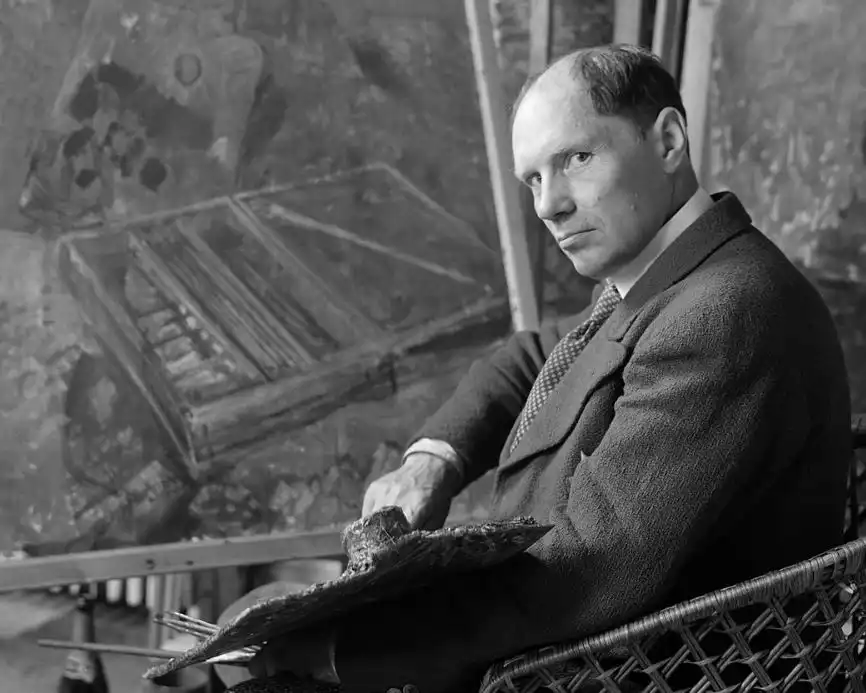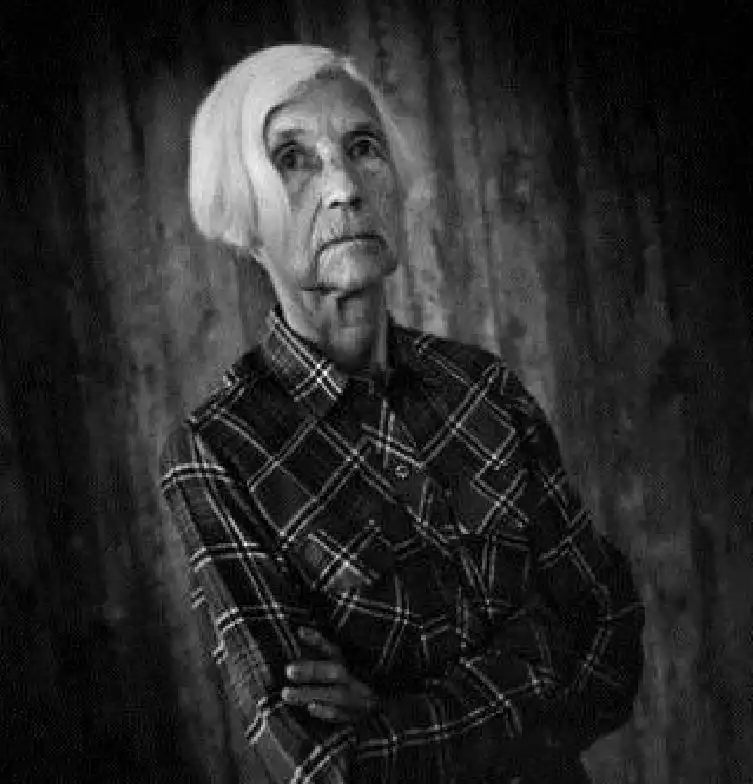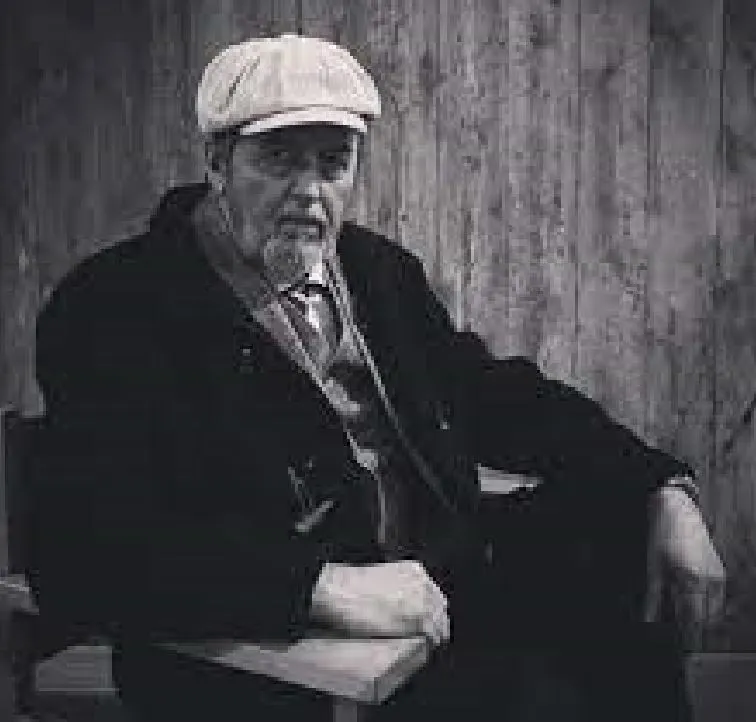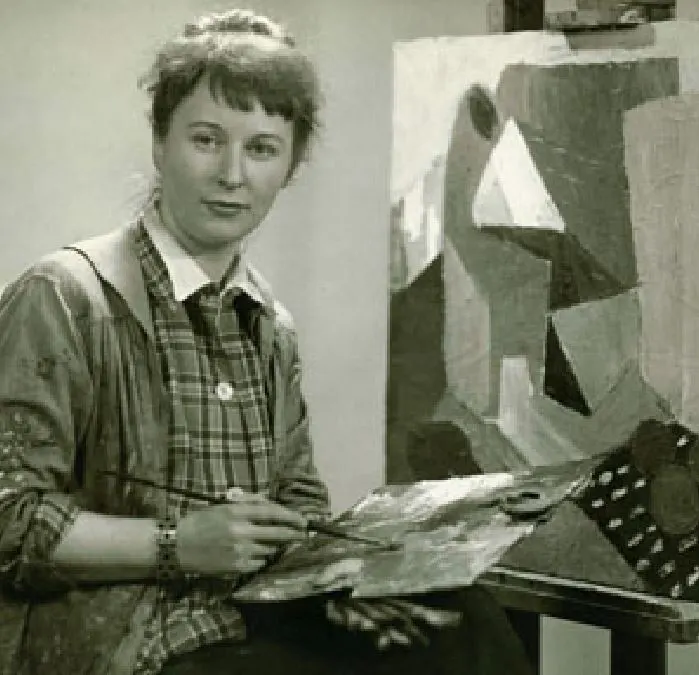Iceland is a remote country in the utmost northwestern country of Europe and is best known for its magnificent natural wonders.
Because of the abundance of natural beauty, a distinct type of landscape painting emerged in this sparsely-populated place in the 20th century.
Many Icelandic artists were trained in northern Europe. Because of this, they were influenced by their colleagues there, especially Swedish painters and Danish painters.
One of the most important Icelandic painters in history returned to his native country in the early 20th century and laid the foundation for a large number of landscape painters.
Later in the 20th century, Abstract, Figurative, and Expressionist artists emerged in Iceland as well.
So who are some of the most famous Icelandic painters in history? In this article, you’ll find out!
1. Þórarinn Benedikt Þorláksson
Þórarinn Benedikt Þorláksson (1867-1924) is arguably one of the most important Icelandic painters in history. He was the first artist to start exhibiting his art in his home country after he spent many formative years being trained by an Icelandic woman who was trained in Copenhagen.
Born in the small village of Húnavatnssýsla in Iceland, Þorláksson initially studied law before turning his focus to art. In the late 19th century, he traveled to Copenhagen, Denmark, to study painting at the Royal Danish Academy of Fine Arts. During his time in Copenhagen, he was exposed to various artistic movements, including Symbolism, Naturalism, and Impressionism, which greatly influenced his work.
Þorláksson returned to Iceland in 1899 and began depicting the Icelandic landscape in his paintings. He was deeply inspired by Iceland’s unique natural features, such as its glaciers, lava fields, and waterfalls, and sought to capture their essence on canvas. His landscapes often displayed a sense of grandeur and spirituality, combining a realistic approach with elements of symbolism.

Remarkably, In addition to landscapes, Þorláksson also painted portraits, still lifes, and historical scenes. He experimented with different styles throughout his career, gradually moving towards a more simplified and abstract approach. His later works incorporated elements of Art Nouveau and Art Deco, reflecting the artistic trends of the early 20th century.

2. Jóhannes Sveinsson Kjarval
Jóhannes Sveinsson Kjarval (1885-1972) is widely regarded as one of Iceland’s most prominent artists. He is known for his landscape paintings, particularly those featuring Iceland’s rugged and dramatic natural scenery. Kjarval’s style evolved over the course of his career, starting with a more realistic approach and later shifting towards a more expressive and abstract style.
Kjarval was born in the small village of Nes in the Westfjords region of Iceland. He showed an early talent for drawing and painting and eventually moved to Reykjavík, the capital city, to pursue his artistic studies. In the early years of his career, he traveled extensively throughout Iceland, painting landscapes and capturing the unique atmosphere of the country.
During his lifetime, Kjarval experienced both critical acclaim and financial struggles. His work received recognition both in Iceland and internationally, and he exhibited his paintings in several countries, including Denmark, Norway, and the United States. Despite his successes, Kjarval faced financial difficulties throughout his life and often lived in poverty.
Kjarval’s art is characterized by its poetic and mystical qualities, as well as its vibrant use of color. He had a deep connection with the Icelandic landscape and drew inspiration from the country’s volcanoes, glaciers, and rugged coastlines. Kjarval’s work often incorporates elements of folklore and mythology, reflecting his fascination with Icelandic culture and history.

3. Ásgrímur Jónsson
Ásgrímur Jónsson (1876-1958) was one of the pioneers of modernism in Icelandic art. He is considered one of the most significant figures in Icelandic art history, known for his innovative approach to painting and his contributions to the development of Icelandic visual art.
Born in the town of Skógar in southern Iceland, Ásgrímur initially pursued a career in teaching. However, his passion for art led him to study painting in Copenhagen, Denmark, at the Royal Danish Academy of Fine Arts. There, he was exposed to various artistic movements, including Impressionism and Post-Impressionism, which greatly influenced his artistic style.
Ásgrímur returned to Iceland in 1903 and began depicting the Icelandic landscape and people in his paintings. He was particularly interested in capturing the effects of light and atmosphere, often using bold brushstrokes and vibrant colors to create a sense of energy and movement in his work. His landscapes often showcased the dramatic natural features of Iceland, such as its mountains, fjords, and waterfalls.
In 1916, he co-founded the Icelandic Artists’ Association and served as its chairman. He also advocated for the establishment of the National Gallery of Iceland and was appointed as its first director in 1923, a position he held until his retirement in 1945.

4. Louisa Matthíasdóttir
Louisa Matthíasdóttir (1917-2000) was an Icelandic-American painter known for her distinctive style and depictions of landscapes and everyday life. She was born in Reykjavík, Iceland, and showed an early talent for art. In 1942, she moved to New York City to pursue her studies at the Art Students League and later at the Hans Hofmann School of Fine Arts.
In the 1950s, Matthíasdóttir gained recognition for her contributions to the abstract expressionist movement. Her work was exhibited in various galleries and museums, and she became associated with artists such as Willem de Kooning, Jackson Pollock, and Mark Rothko.
Despite her success in the United States, Matthíasdóttir maintained a strong connection to her Icelandic roots. She frequently returned to Iceland to paint and draw inspiration from the country’s landscapes and people. Her work reflects a deep sense of connection to nature and a poetic interpretation of the world around her.
Today, Louisa Matthíasdóttir is considered one of Iceland’s most renowned Abstract Expressionist artists. Her paintings are held in prestigious collections, including the Metropolitan Museum of Art in New York, the National Gallery of Iceland, and the Reykjavík Art Museum. Her contributions to Icelandic and American art have left a lasting impact, and her work continues to be celebrated for its unique vision and artistic expression.

5. Einar Hákonarson
Einar Hákonarson (1922-2016) was an Icelandic painter known for his realistic and atmospheric depictions of Icelandic landscapes. He was born in Reykjavík, Iceland, and developed a deep connection with the natural beauty of his homeland.
Hákonarson studied at the Icelandic College of Arts and Crafts in Reykjavík and later at the Royal Danish Academy of Fine Arts in Copenhagen, Denmark. During his studies, he was influenced by the works of Dutch and French landscape painters, particularly the Barbizon School and the Hague School.
Throughout his career, Hákonarson exhibited his paintings both in Iceland and internationally, gaining recognition for his artistic contributions. His works can be found in various museums, galleries, and private collections, including the National Gallery of Iceland and the Reykjavík Art Museum.
He is credited with bringing back figurative art to Iceland in 1968 after a period in which abstract art was the dominant form. This was a remarkable move at the time and it made him one of the most influential Icelandic artists of the 20th century.

6. Nína Tryggvadóttir
Nína Tryggvadóttir (1913-1968) was an Icelandic painter and textile artist. She was born in Reykjavík, Iceland, and grew up in a family of artists. Nína’s mother was a textile artist, and her father was a prominent sculptor.
Nína studied art in Reykjavík and later in Copenhagen, Denmark. She was strongly influenced by the Expressionist and Surrealist art movements, which can be seen in her work. Nína primarily worked with textiles, creating vibrant and imaginative tapestries, rugs, and wall hangings.
Her work often featured abstract and organic forms, with an emphasis on color and texture. Nína drew inspiration from Icelandic nature, folklore, and mythology, incorporating elements such as birds, fish, and natural landscapes into her textile compositions. She experimented with various materials, techniques, and weaving methods, pushing the boundaries of traditional textile art.
Sadly, Nína Tryggvadóttir passed away in 1968 at the age of 55. Her impact on Icelandic art and her contributions to the field of textile art continue to be celebrated, and her works can be found in various collections and museums in Iceland.

7. Erró
Erró, whose full name is Guðmundur Guðmundsson (born 1932), is an Icelandic artist known for his distinctive style of pop art and his satirical and politically charged artworks. He is considered one of the most prominent figures in contemporary Icelandic art and an important Pop Art artist worldwide.
Erró began his artistic career in the 1950s and initially worked in a figurative expressionist style. However, he soon turned to pop art, influenced by the movement’s use of popular culture imagery. Erró’s paintings often incorporate elements from mass media, comic books, and advertisements, combining them with historical references.
His works frequently employ juxtapositions and collages, blending different visual elements to create surreal and fantastical compositions. He is known for his playful and provocative approach to the subject matter, addressing themes such as war, politics, consumerism, and popular culture. Erró’s art often reflects a satirical and critical perspective, challenging societal norms and power structures.
Throughout his career, Erró has continued to produce art across various mediums, including painting, collage, sculpture, and printmaking. His bold and colorful style, combined with his incisive social commentary, has established him as an influential and renowned artist on the international art scene.

